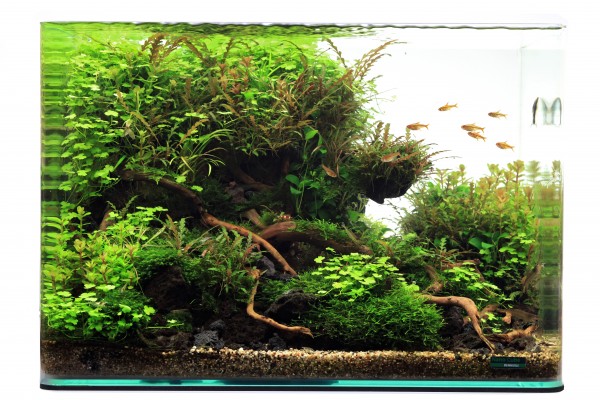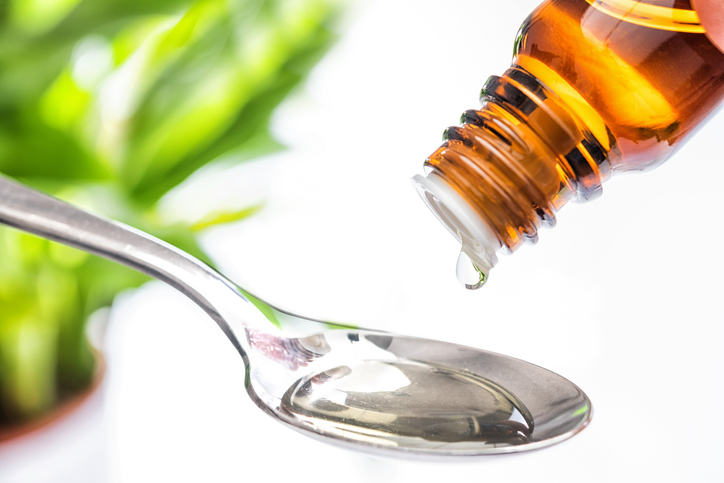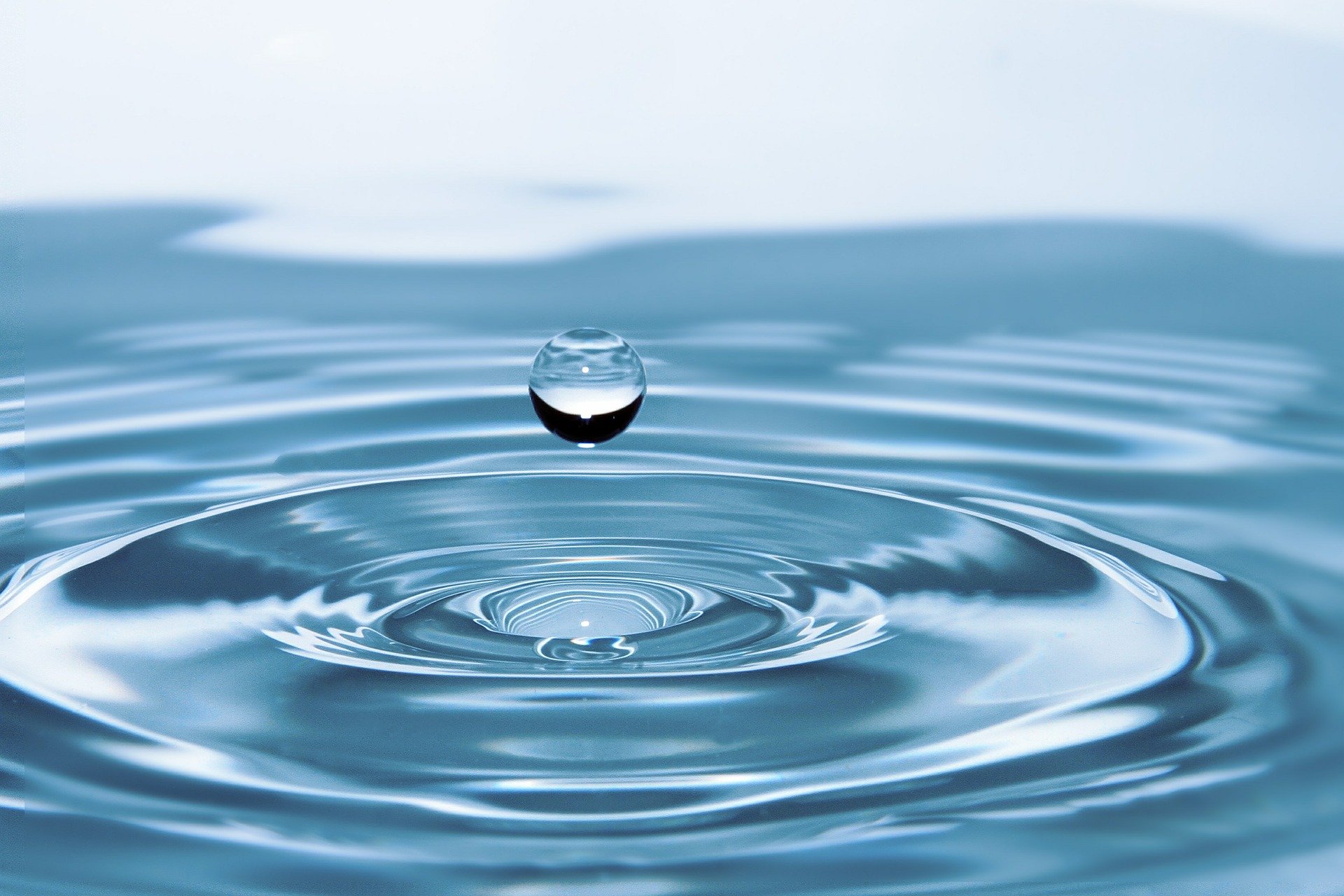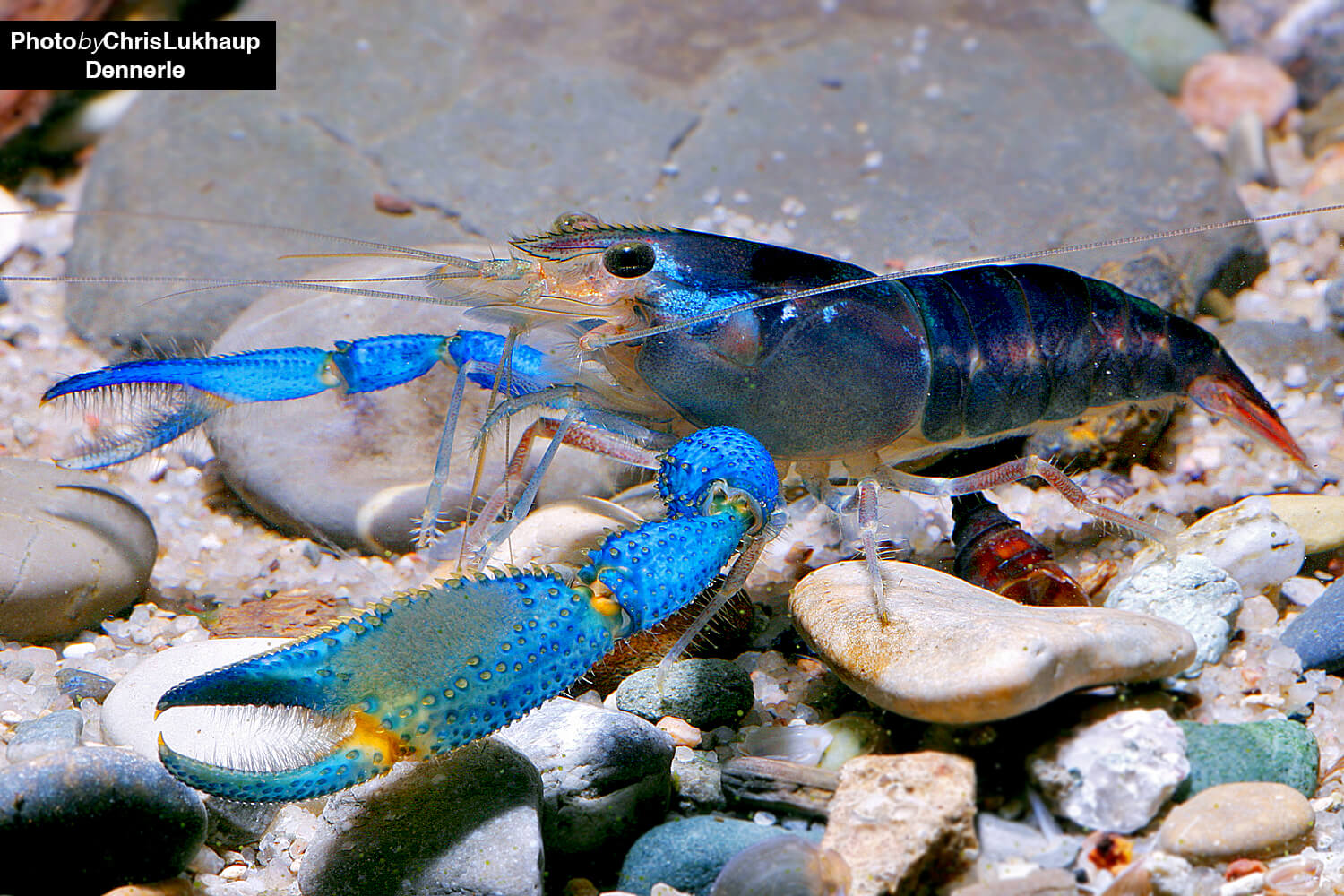Copper poisoning in the ornamental fish aquarium
Table of contents

Where does poisoning come from?
Diseases sometimes appear in the aquarium faster than one would like. Besides bacterial infections, other parameters also play a role, which are usually not so obvious. Poisonings are not that rare and the search for the cause can be a bit complicated. Especially if you have done "everything as usual" and have possibly disregarded the fact that the tap water - depending on the season - has been "disinfected" in a different way by the utility companies, for example.
But also the accumulating decomposition substances in the tank itself can lead to poisoning. Dissolved nutrient deposits in the substrate, which have been stirred up by work in the aquarium, can also become a danger. In particular, invertebrates such as shrimps react very quickly in the presence of copper in the aquarium and die inexplicably, but ornamental fish also do not cope well with copper, although they can cope with higher doses.

What are the causes?
Although copper does not accumulate naturally in the aquarium, it can certainly get into the water in various ways. The main triggers are tap water, but also various fish medications or algaecides. Plant fertilisers also contain copper, but the dosage of fertilisers suitable for aquariums is so low that they cannot harm your animals, they even need very small amounts. As you can see, here too the dose makes the poison.
Especially if you have dwarf shrimps, crayfish or a reef aquarium, you should keep a close eye on the copper content and measure it with a water test if necessary, because you can neither smell nor see copper. If your animals start to behave strangely or die ad hoc, you should act quickly.

What are the symptoms of copper poisoning?
Poisonings of any kind are similar in their symptoms. The most noticeable is probably shortness of breath, which is why your fish start to shoot frantically across the water surface with their mouths open, or behave in an almost apathetic manner. Shrimp also often start jumping around the aquarium seemingly uncontrollably. It is not quite so easy to assume that these signs are directly related to copper poisoning, which is why you should test specifically for this once you have ruled out all other factors. Above all, test your changing water.
If you notice these signs in your animals, you should start looking for the cause. As a first aid measure, a water change can already be helpful. However, first make sure that your changing water is not the cause and, if necessary, use distilled water, which you can get in almost any supermarket.

Avoid copper poisoning
Copper dissolves relatively easily, especially from newly installed water pipes, but also when it passes through instantaneous water heaters. Therefore, you should not only always check your aquarium values, but also the source of your water, because this is usually the "crux of the matter". If you use tap water, it is best to let it run for a few minutes before using it.
Alternatively, you can also make your change water with rainwater or osmosis water and recycle it with a mineral salt. Water conditioners can also help to make your water safe for fish, removing copper, chlorine and other harmful substances that are added to tap water.
Fish medication sometimes also contains copper - this can be very helpful for various diseases. However, after the medication cure you should thoroughly treat your aquarium water again, for this purpose you can use activated carbon, among other things. Note, however, that such medications are lethal for some fish species, especially sturgeon, catfish or invertebrates. Therefore, read the package insert carefully and, if necessary, look for an alternative treatment or place the animals in another aquarium for the duration of the treatment.

Our conclusion
Even though copper poisoning is not really common anymore, it can become a problem and is not always considered as the first trigger. Experience has shown that even a few coins in the aquarium can lead to inexplicable fish deaths, even the detached plastic of a flow pump magnet (especially in coral aquariums) has already caused this. As you can see, the causes are sometimes difficult to find out, which is why you sometimes have to think "around the corner". However, we are at your disposal if you need assistance in finding the cause.
